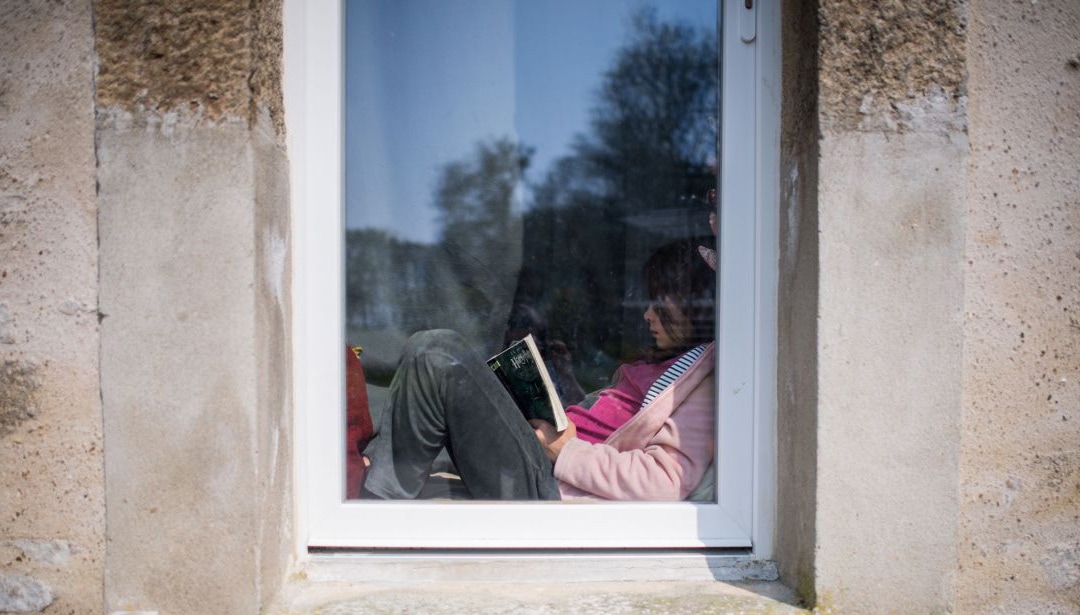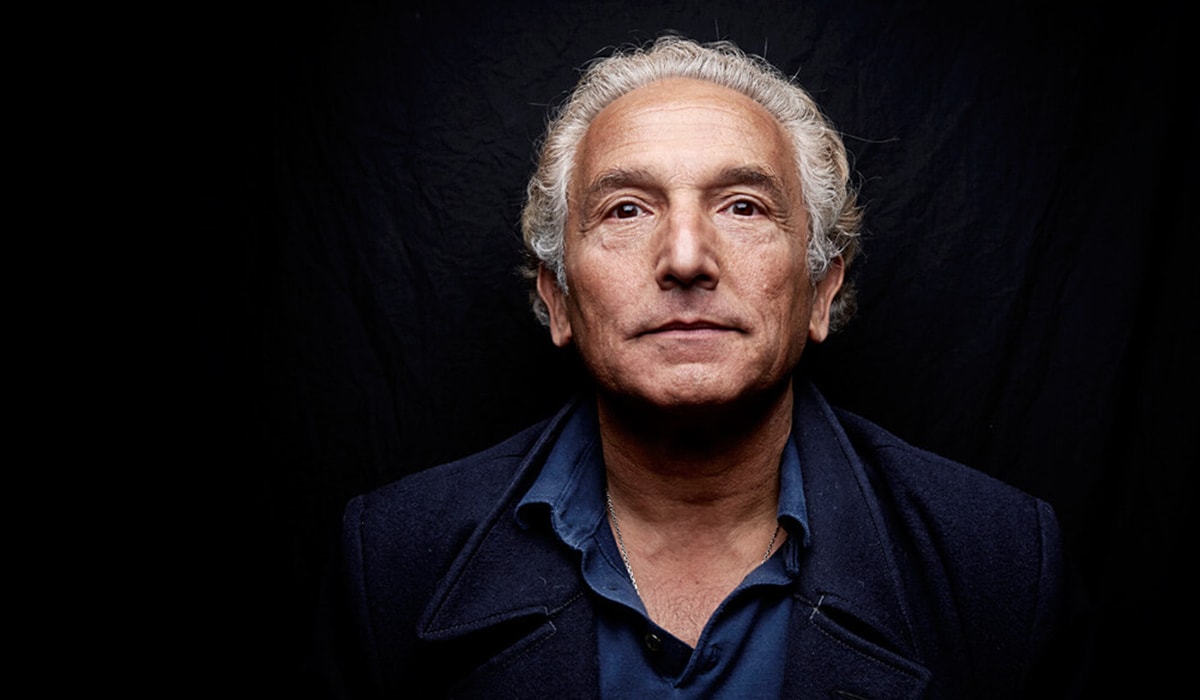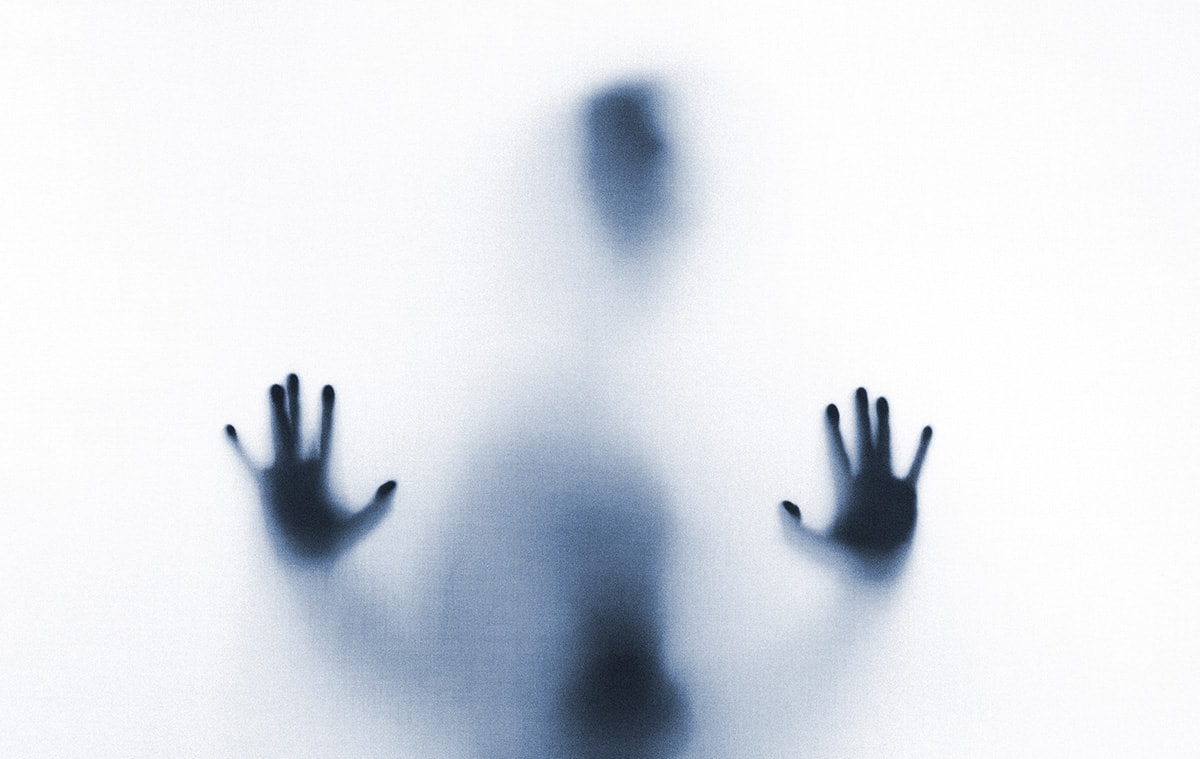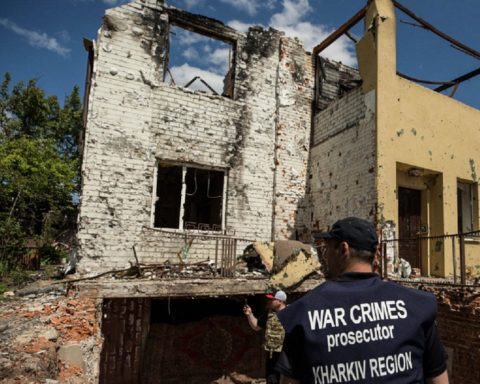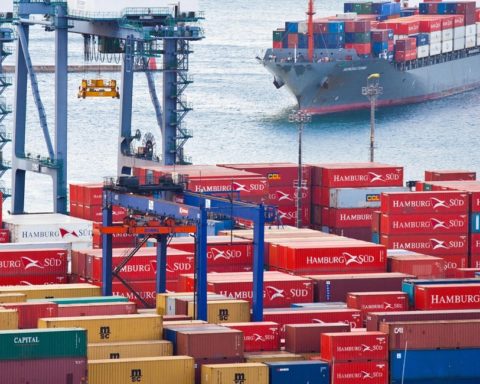Half of the world's population has been confined for many weeks to protect themselves from the coronavirus pandemic. While some countries have chosen other paths or are in the process of deconfinement of their population, in France the President of the Republic will probably announce on Monday evening a reinforcement of the confinement measures. This situation has brought the economy to a standstill. It is unprecedented, with a multitude of consequences that we cannot yet imagine. Few question the strategy of confinement of the population taken by the States. Confinement would be a postulate in the face of the epidemic.
However, Professor Jean-François Toussaint, professor of physiology, doctor at Hôtel-Dieu and Director of the IRMES, has been scrutinizing with his team of statisticians, since the very beginning of the epidemic, the avalanches of data coming from all over the world. For him, generalized confinement would be ineffective and would lead to immense collateral damage. To prove it, he recommends to leave the "blind" confinement and to direct us towards a "personalized" confinement which would allow us to get the country back on its feet with the minimum of risks.
EXCLUSIVE VENUE
Every day, the French health care system admirably demonstrates its ability to line up its squadrons in the face of the storm, to reorganize its units to get through the eye of the storm and, through the power of its solidarity and the mastery of its resuscitation teams, to save the maximum number of those, young or old, who present themselves worn out at its gates. None of its members escaped unharmed. Several did not recover.
Let us pay them the tribute they all deserve.
A decision based on numerical simulation or real life?
Steps to curb the epidemic's impact on health systems were suggested by a group from theImperial College Turning its back on differentiated adaptation and inventiveness, which are the keys to resilience in life, this circle has advised a uniform response to all the world's governments, through WHO, which relies on this community to develop mathematical models for pandemic prevention.
The first estimate of the effects of this confinement, unique in the history of mankind on this scale, has just been made. published The following publications are expected, particularly for the African continent.
According to these simulations, the measures would have helped to "save" 2,500 lives in France, i.e. about one-tenth of a wave that could take 25,000 to 30,000 lives.
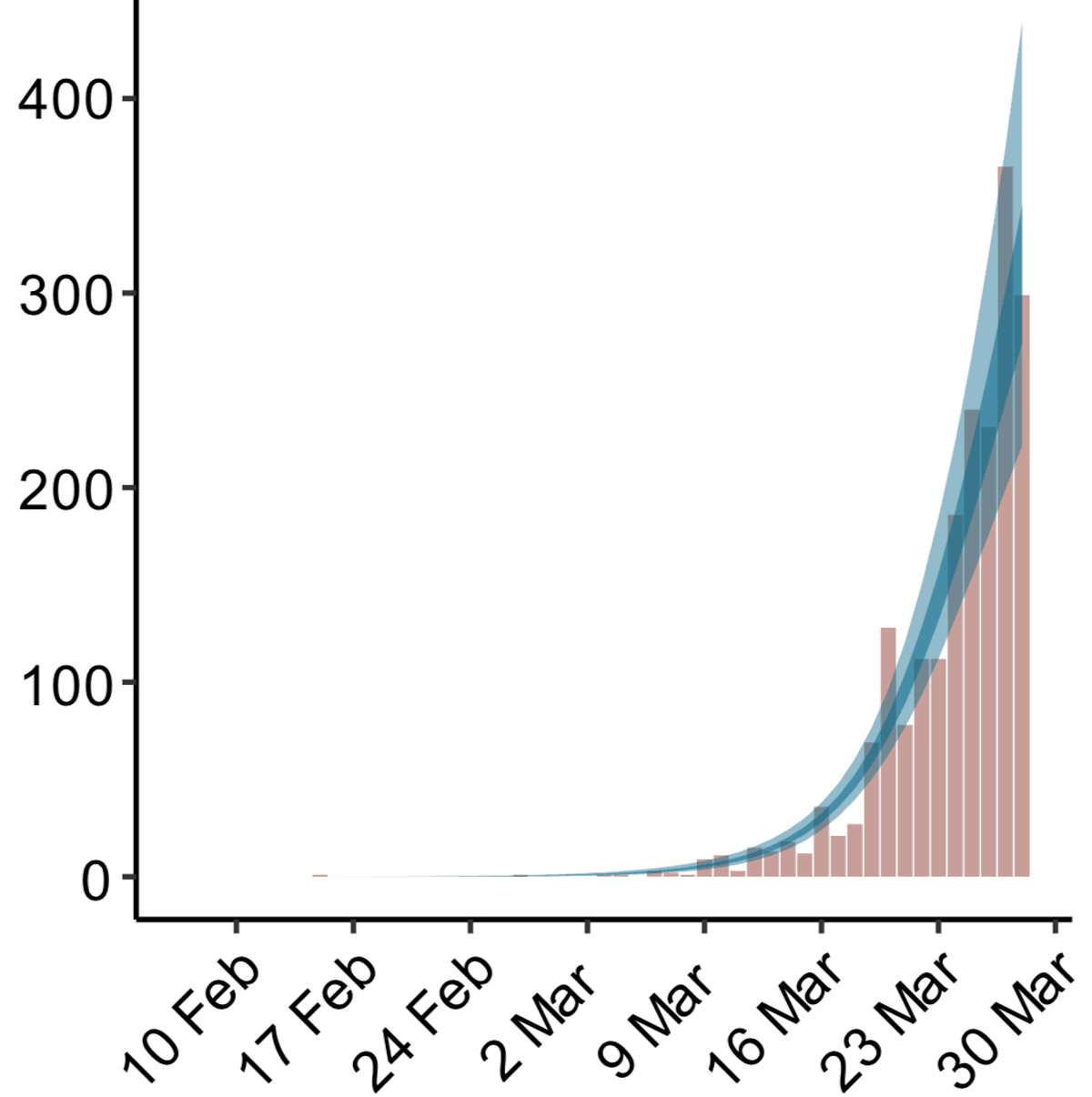
However, some of the assumptions of these numerical estimates are inconsistent: contamination does not decrease from the first day of containment (this has not been seen in any country) and the intensity and duration of the effect are never the same everywhere. These two assumptions are however the basis of the published simulations.
While the precise spread (R*0 or reproduction rate: number of people contaminated by a carrier) and lethality (IFR, infection fatality rate: number of deaths per all subjects contaminated by the virus, whether or not they have been tested and validated) of this disease are still unknown, the authors report that 69 lives have been saved in Denmark, even though the data do not show any difference with the values reported by this country and do not take into account any of the limitations of such "real life" measures.
Similarly, this group had predicted a possible total of 70,000 deaths for SwedenNow, in its tenth week of the epidemic, this country has only 870 deaths. There have been more conclusive demonstrations... but these are the errors behind the decision to confine 3 billion people.
It is therefore necessary to refer to the actual distribution, now well described, of Covid mortality to understand the nature of these numerically "saved" lives. In the recent French registry we find a distribution similar to that of patients who died in China or Italy, with a mean age close to 80 years (one in six is over 90 years old) with an extremely low rate (0.1%) for subjects under 45 years old without risk factors.
Targets of CoV-2-SARS are often patients at metabolic or cardiovascular risk (male, sedentary, obese, diabetic or hypertensive), which explains the current devastation in the U.S. It is therefore likely that of the 2,500 lives "saved" by global containment, half are at cardiovascular risk and have reached the age of 80, which is the life expectancy of men in France.
Towards personalized containment
The disease can be experienced without major symptoms in four out of five people, but it turns into a bitter 15-day boxing match for the fifth. The aim of an effective prevention measure is then to provide confinement to those who cannot endure this ordeal: people over 65, heart and vascular patients, people with respiratory or kidney insufficiency, transplant recipients, obese people, etc. These particular risks were, moreover, already present in 2009 during the H1N1 pandemic without in any way modulating our prevention advice.
Without immobilizing 80% of the active population, and especially not those who come out of it cured and immunized after two weeks - and contributing, with the young and most activeThe aim is to extinguish the epidemic by reducing the size of the target population - prevention can then be directed only at those at high risk, while the epidemic slows down, as it has in China, Korea and Australia.
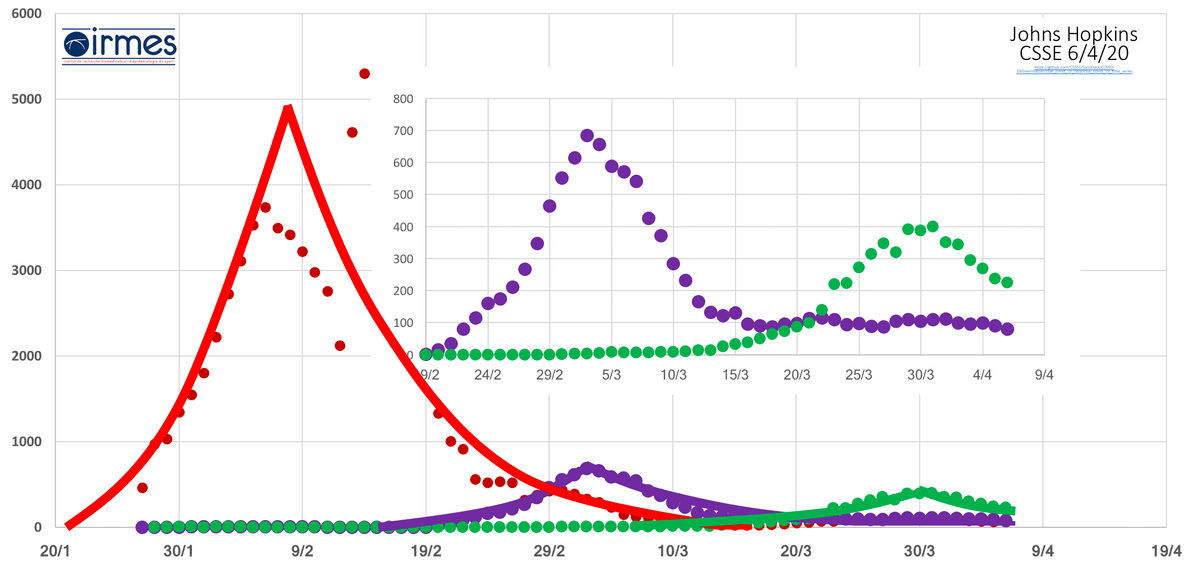
Transmitting and explaining this information now known to all, so that each of us understands his or her risk, assesses it and decides accordingly whether to confine or not is the best guarantee of success. It also allows us to consider French citizens for who they are: responsible adults with the capacity to vote and act.
For the epidemic may have been neither different nor better contained in Europe than in the states that did not use these measures. The pandemic is anything but confined: it now concerns all countries, all regions and all medical practices (it is estimated that several million French women and men are affected). French people who have been in contact with the virus).
While France and the world passed the wave crest between 3 and 4 April (and between 6 and 8 for the number of deaths in our country), the final outcome may not even have been modified: no national curve shows a differentiated inflection, but an always similar course, whatever the decisions taken (only the masking of the initial contaminations appears in some countries like Iran, for reasons of local politics).
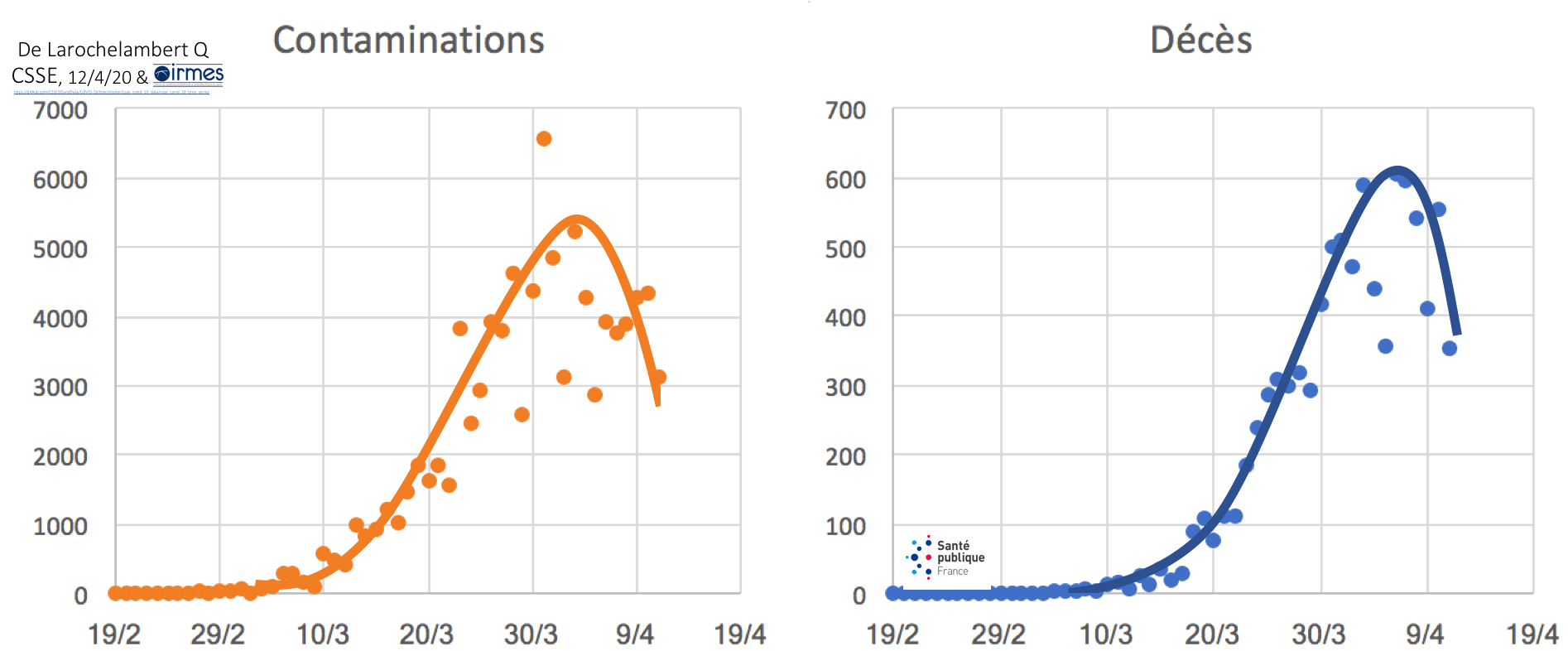
The two countries that have refused the path of containment are on the way to succeeding in 3 weeks, where the others have made the journey in 4 or 5 (one additional week of epidemic corresponds to 10 times more deaths). The Netherlands began a decrease on April 2, joining Korea. For these countries, the mortality rate on the day of the peak is 25 per million inhabitants, compared to 177 for the main confined countries (France, Spain, Italy).
As for Germany, which has not confined its entire population, it considers, through the voice of its President, that Frank-Walter Steinmeierthat it is "not at war" (no war lets survive 99.4% of its soldiers) but in a moment that reveals our degree of humanity. It is true that before the pandemic this country had 22,000 resuscitation beds - compared to 5,000 in France (urgently extended to 12,000 in the middle of the storm). He was able to face the wave with even more serenity and therefore already thinks, like Denmark, Austria and Spainin the stages of a very next deconfinement.
However, the phase in which the disease is spreading also depends on environmental and population factors that have not been taken into account in the models. For example: sporadic cases are indeed encountered but the epidemic "does not take hold" on the African continent. The slow expansion there follows a pattern that is certainly exponential but with much lower slopes than in Europe, probably for climatic and demographic reasons.
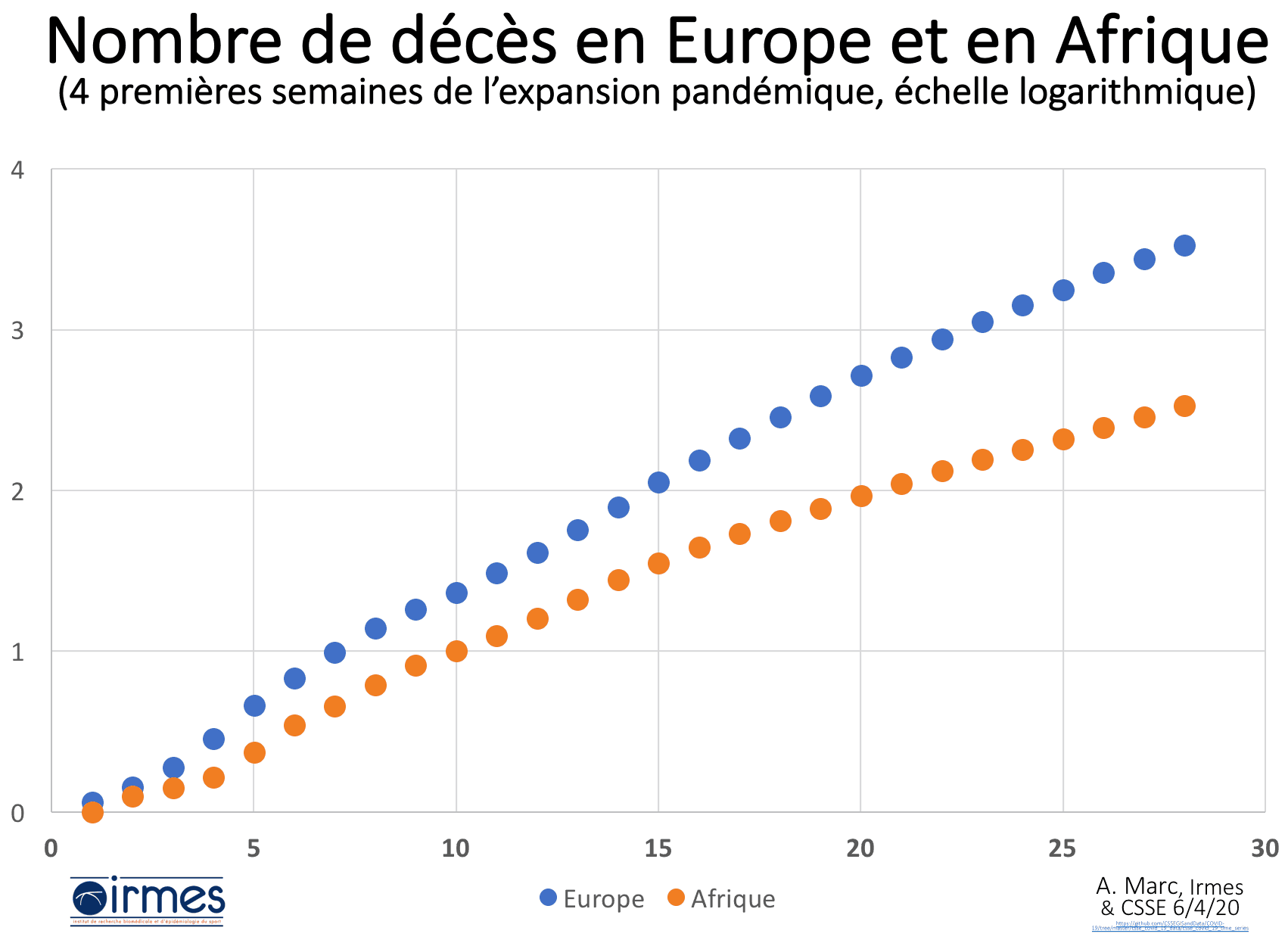
The calls for help to try to "save Africa" may have sought to serve other agendas, unless some have been able to confront reality and observe the very slow rise of the disease. The risk of ignoring this reality is to divert scientists and funders from the main objective, because the continent needs more than ever massive and constant support in its fight against other predators, starting with Malaria, Tuberculosis and AIDS. This support is all the less assured as the financial framework of its donors collapses.
Finally, containment, sometimes overly applied in many other countries of the world, has also served to strengthen autocratic regimes, to the heart of EuropeAnd unfortunately this way of functioning of human societies proliferates during their collapses.
Deleterious Synchronizations
In order to be useful for public decision making and to proportion the response, relevant models must now take into account the emergences and interdependencies between all levels, above and below, including when they result from inappropriate synchronisation between states (panic, confinement, confrontation, collapse). For it is mainly on this side that the number of victims will now increase.
We knew we were unstable in the face of the abyss, but we pressed the "Step Forward" button. The hundreds of billions of euros the fall of an economy, which was known to be in a state of crisis. extreme fragilityBecause the resuscitation and care teams and their administrations, which have helped to save real lives, deserve our admiration for the commitment they have shown, but they will now need resources for all the others.
Therefore, after containment, its impact on patients with undiagnosed leukemia, a MI managed too lateThe psychological effects (refusal to travel for fear of contamination) or counter-productive effects (reduction or cessation of consultations) of these measures will have to be weighed against the choices of the Dutch and Swedes, who continue to go about their business, cautiously but freely. The loss of opportunity is likely to be severe.
The authors of these simulations, while having to demonstrate the quality of their models, will find it very difficult to accept the inclusion of this collateral damage to which will be added research implications and the cancellation of all major scientific events, cultural or climatebut also the loneliness of the artists who, from theatre to musical scenes, will no longer find the means to earn their living nor to enchant ours, and above all the despondency of the lonely people who will have slowly slipped into abandonment.
It is a paradox to try to save lives in ways that may have destroyed just as many.
Jean-François ToussaintDirector of theIRMESDoctor at Hôtel-Dieu, AP-HP, University of Paris with Andy MarcResearcher in Biostatistics at IRMES

